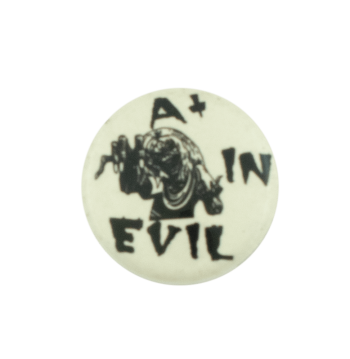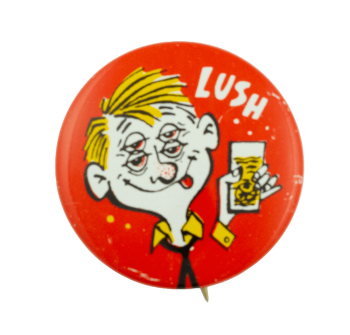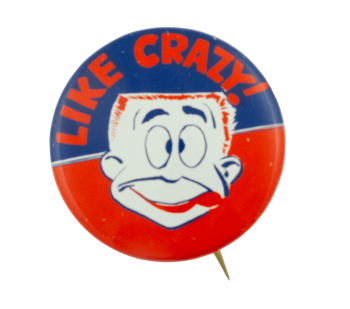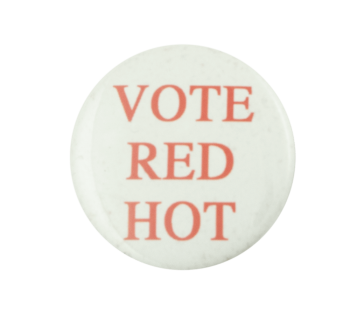Souvenir of the Fair Yellow Horseshoe
| Category | |
|---|---|
| Additional Images | |
| Sub Categories | |
| Text on Button | SOUVENIR OF THE FAIR |
| Image Description | Black text on a white background with a blue and red illustration of amusement park rides. A blue ribbon with a yellow horseshoe is attached to the bottom of the button. |
| Back Style | |
| The Shape | |
| The Size | |
| Additional Information | |
| Catalog ID | IN0132 |


















